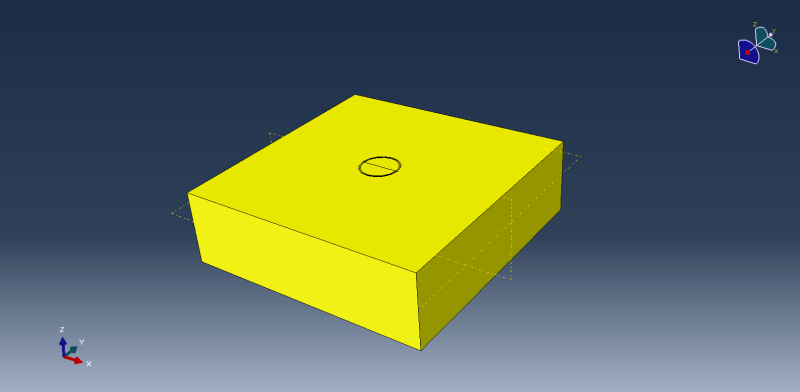UWOVenky
Geotechnical
- Apr 21, 2015
- 30
Attached is the figure of a simple cuboid of soil which I want to mesh. I have been able to mesh this part successfully but by putting a question here my main aim is to reduce the number of elements without affecting the seed size at the centre. At the centre there are 3 circles which have a seed size 0.45. The innermost circle represents the contact area between foundation and soil. Note that foundation is not shown here. Since the stress is very high near edges, 2 more circles with the same seed size are drawn. I have created a partition for these 3 cylinders by cutting them at 10 m from the top. The reason for doing this is that the first 10 m have high stress concentrations and hence the seed size is kept small 0.45 and then for the rest of the height i.e. from 10 m to 40 m(total height of the model) it is increase from 0.45 to 4 (10 times approx). The part is seeded with size 10 on all other edges. By following this procedure, I am getting 130000 elements and therefore for every iteration it is taking around half an hour to 1 hour. I am not able to figure out which meshing and how partitioning must be done to reduce the no of elements?

Kindly help.

Kindly help.
